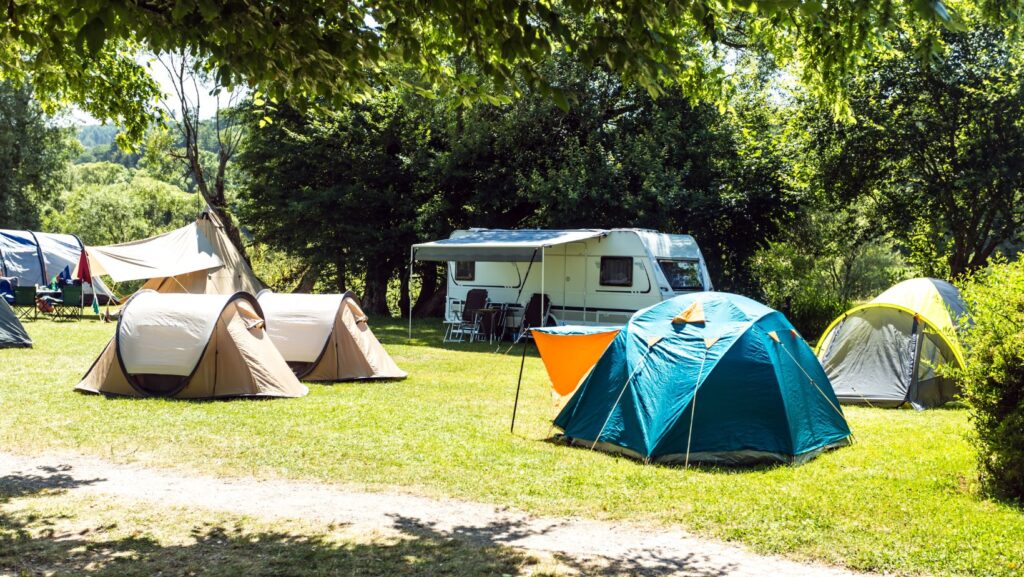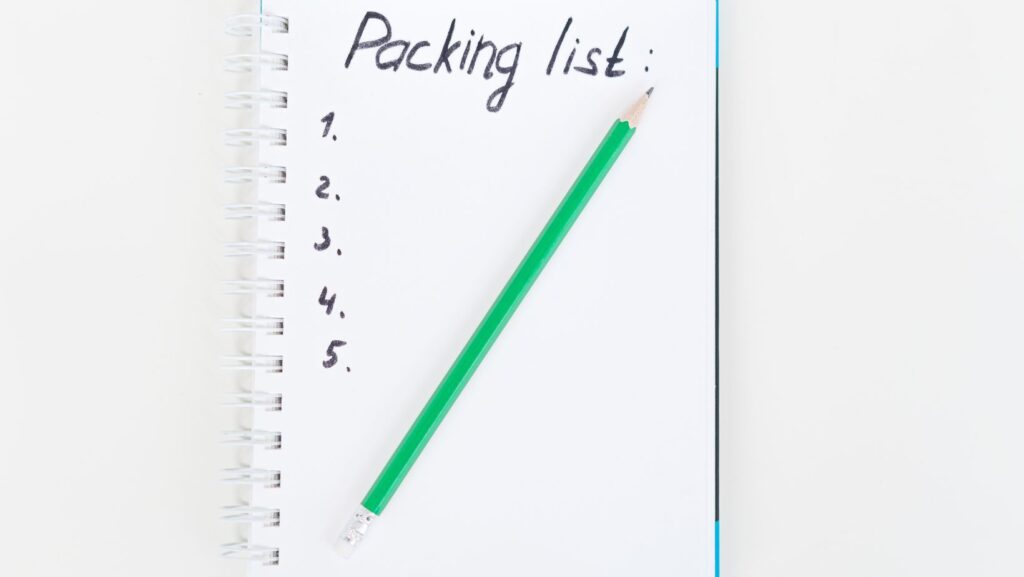There’s nothing quite like arriving at a scenic campsite, opening the door to fresh mountain air or desert stillness, and stepping outside to relax under open skies. However, creating a comfortable and functional outdoor area becomes essential when space is limited and weather conditions change quickly. That’s where a trailer awning can completely transform your camping experience. With the proper setup, an awning doesn’t just offer shade—it extends your living space, enhances privacy, and protects you from the elements.
Whether you’re a seasoned traveler or new to RV or trailer camping, choosing the right awning can help you make the most of every stop, turning your campsite into a true outdoor haven.
Rethinking Outdoor Living at Camp
The magic of camping lies in the simplicity of life outdoors. However, the small footprint can feel limiting when your trailer or RV becomes your home away from home. An awning solves that problem by turning the area outside your door into a usable, versatile space.
It can serve as a shaded dining area, a makeshift kitchen, a lounging zone, or a dry space to store bikes and gear. With a bit of setup, your awning transforms the blank space around your vehicle into an extension of your indoor comforts. That’s especially valuable during longer stays or in places where you want to linger and enjoy the view.
Choosing an Awning That Matches Your Travel Style
Not all awnings are created equal. The best choice depends on your trailer size, where you like to camp, and how hands-on you want to be with your gear.
Manual awnings are lightweight, reliable, and straightforward. They’re an excellent match for campers who don’t mind a bit of setup time and want full control over adjusting the pitch or positioning. On the other hand, electric awnings offer quick deployment with the push of a button. These are ideal for travelers who value convenience, especially when arriving at a site in bad weather or after a long day of driving.
If you’re the type of camper who chases mountain sunrises or seeks shaded riverside spots, look for an awning that offers adjustable pitch. This feature lets you tilt the awning for rain runoff or angle it to block low sun in the morning or evening hours.
Making the Most of Your Awning Space
Once your awning is set up, there are countless ways to personalize the area beneath it. A weather-resistant outdoor rug defines the space and keeps dirt from entering your trailer. Folding chairs, a compact table, and collapsible storage bins can instantly create a lounge or cooking area. If you’re traveling with kids, it also becomes an excellent spot for play, keeping them shaded and close by.
Adding a string of lights or a lantern creates a cozy evening ambiance. Some campers take things further with screen walls or wind blockers, which add a layer of comfort and privacy while keeping bugs and breezes at bay.
The awning zone can even double as an outdoor office for those working remotely while traveling. With a solar panel setup and a portable table, you can take your workspace into the fresh air, away from the confines of your trailer interior.
Weather Considerations and Seasonal Use
An awning is more than just sun protection. It also helps you adapt to different environments and seasons. In hot, sunny areas like the Southwest, an awning provides much-needed shade that cools down the trailer interior and makes daytime breaks more enjoyable.

In cooler climates or during early spring and late fall, the awning helps shield you from wind and light rain, keeping the area outside your trailer functional even when the weather isn’t ideal.
Just make sure to keep an eye on the forecast. High winds, snow, and heavy rain can damage your awning if left unattended. Retracting it during storms or when leaving the campsite is a smart habit that can prevent costly repairs.
Setup Tips for Stability and Comfort
Setting up your awning correctly makes a big difference in how well it performs and how long it lasts. Always start by parking your trailer on level ground if possible. This helps with awning stability and drainage.
Use tie-down straps or anchor kits, especially in open or windy areas. These help secure the awning and reduce flapping. Adjust the pitch so water flows off one side—pooling water can stretch the fabric or strain the arms. If your awning doesn’t have an automatic retraction feature, stay nearby during strong gusts so you can bring it in quickly if needed.
And don’t forget to clean it. After each trip, let the awning dry before retracting it to avoid mold and mildew. A simple wipe-down with mild soap and water goes a long way in preserving both the fabric and frame.
Enhancing the Full Camping Experience
At the end of the day, an awning isn’t just about gear—it’s about how you live when you camp. It’s the space where you sip your morning coffee while the mist rises from a mountain valley, or where you relax after a hike, sheltered from the afternoon sun. It adds comfort without sacrificing the spirit of the outdoors.

With the right awning and a thoughtful setup, your campsite becomes more than a parking spot—it becomes a personal retreat. Whether in the heart of the Rockies, tucked into a desert canyon, or parked by a quiet forest lake, a well-chosen awning can help you feel at home wherever you roam.



